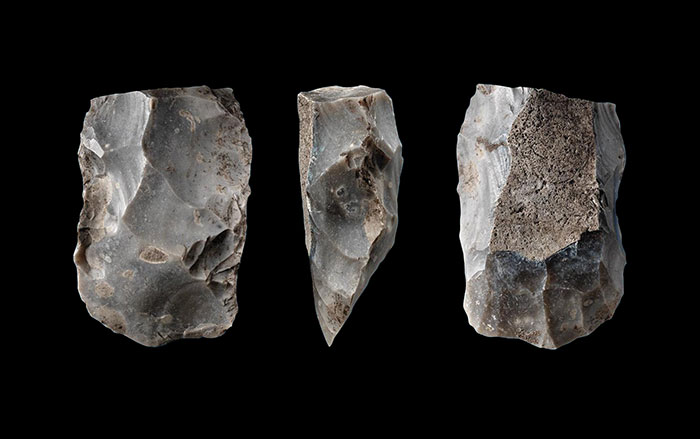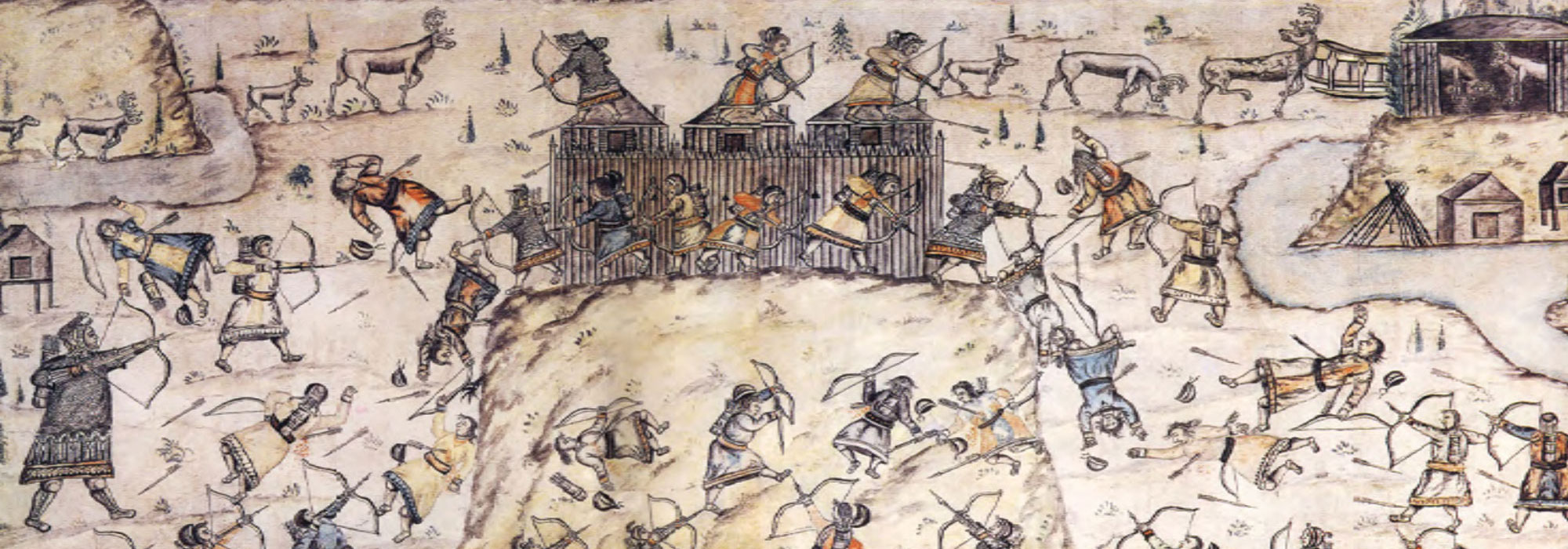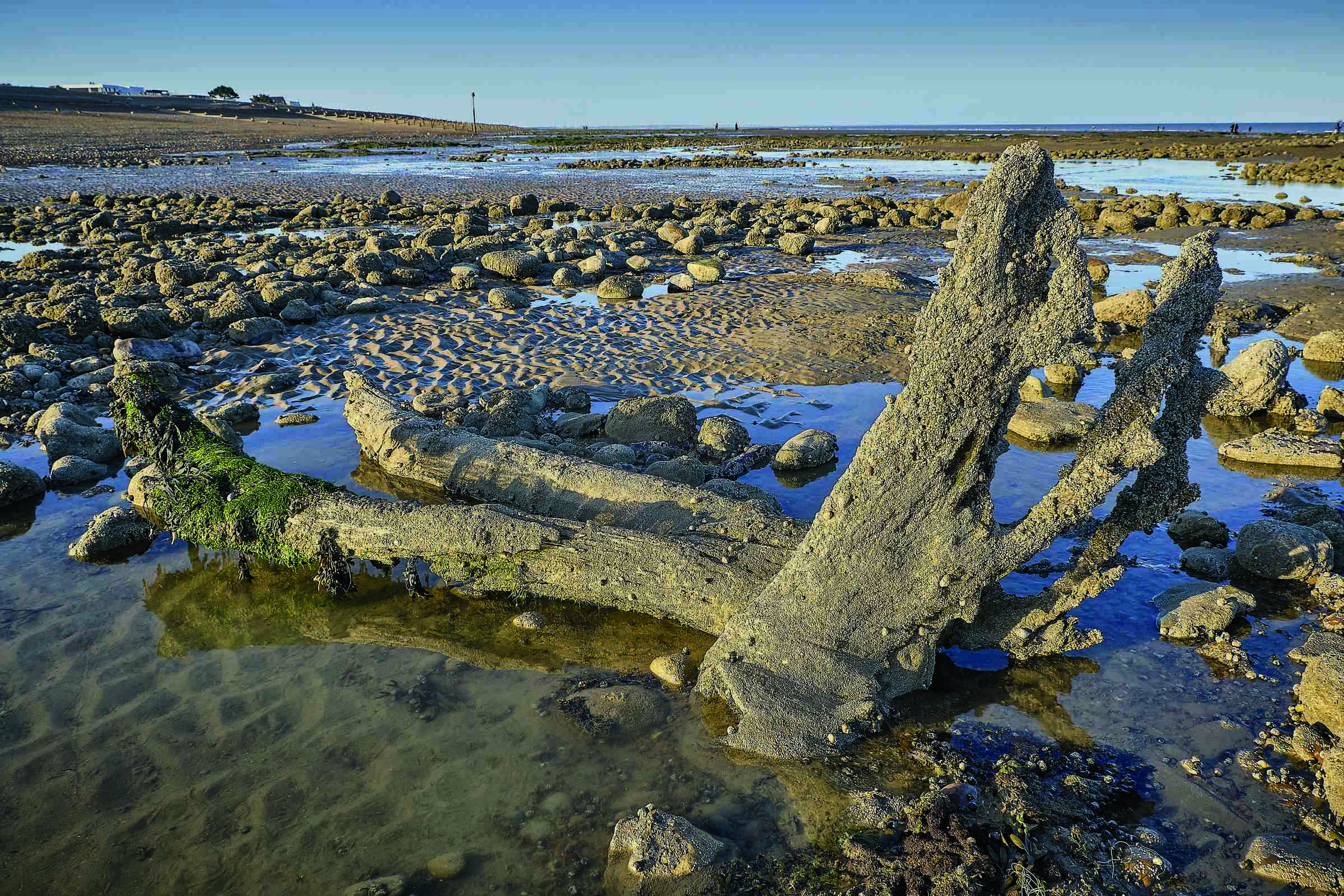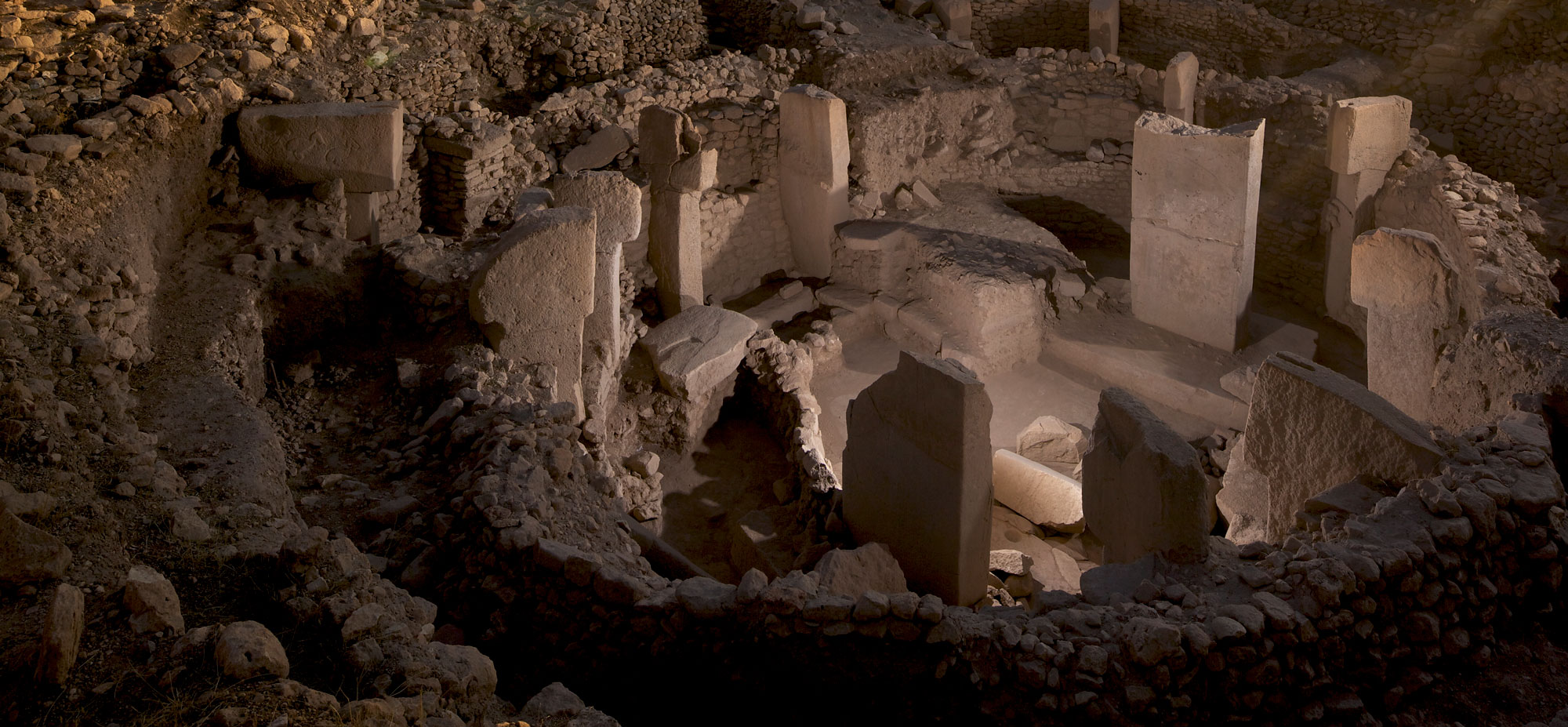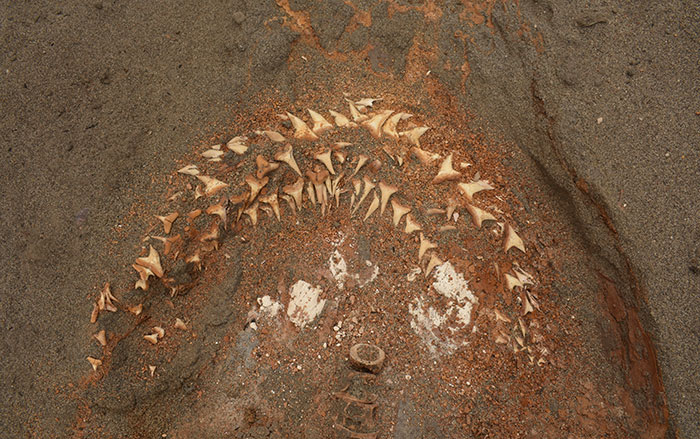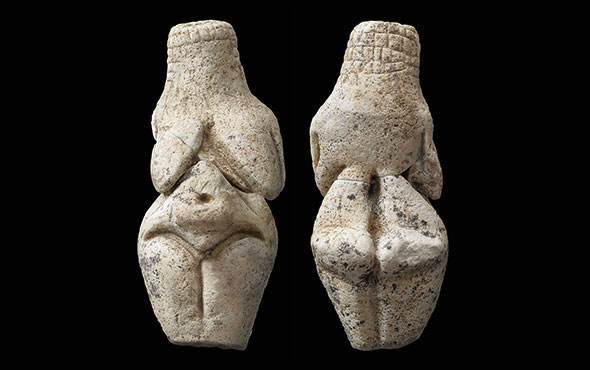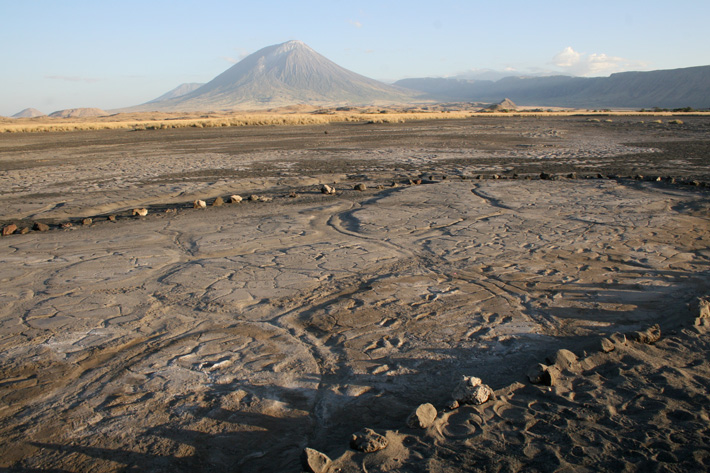
PITTSBURGH, PENNSYLVANIA—CNN reports that Kevin Hatala of Chatham University and his colleagues have analyzed more than 400 footprints in 17 trackways at the site of Engare Sero in northern Tanzania. The footprints were found in volcanic mudflow that dried and hardened between 5,760 and 19,100 years ago, before it was covered with layers of protective sediments. Based on comparisons with footprints made by living people, the study suggests these footprints were left behind by 14 adult females, two adult males, and one juvenile male traveling in a group. The researchers then compared the footprint patterns with those made by modern hunter-gatherers, such as the Hadza of Tanzania and the Aché of Paraguay. “One scenario in which this kind of group structure is observed is during cooperative foraging activities, in which several adult females forage together, perhaps accompanied by one or two adult males for some portion of that time,” Hatala explained. “Infants may be carried, but young children who are old enough to walk will often stay behind rather than participate in foraging activities.” Read the original scholarly article about this research in Scientific Reports. To read about analysis of hominin footprints in Tanzania that are around 3.66 million years old, go to "Proof in the Prints."


